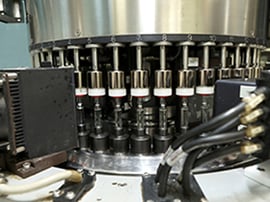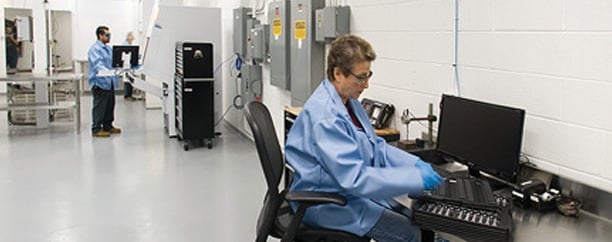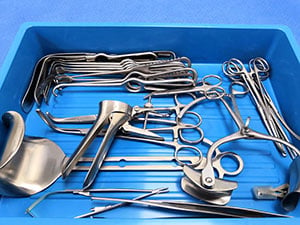- Free Sample
- Request Quote
 (773) 277-1600 |
(773) 277-1600 | - ITAR Registered
-

-

-




To achieve the low Ra values required in the pharmaceutical industry, metal components can be electropolished to clear away contaminants and other foreign matter embedded in the pores of the metal, leaving the surface shiny, smooth, and heavily resistant to corrosion or contamination.

When it comes to the surface finish of metal parts used in pharmaceutical manufacturing, anything less than perfect is unacceptable. Pharmaceutical production equipment valves, manifolds, pumps, fittings, and other accessories need a finish that is perfectly smooth, free of nicks, anomalies, polishing compounds and other contaminants left behind by mechanical polishing.
The advantages of electropolishing however, go beyond removing the compounds and other foreign particulates that mechanical polishing can leave embedded in the pores of the metal – electropolishing also produces a surface finish that is highly cleanable and resistant to pathogens and corrosion. These are critical properties for parts that must stand up to constant exposure to liquids, including harsh and potentially corrosive substances.

Learn why enhanced corrosion resistance is one of the most common reasons engineers across a variety of industries rely on electropolishing to finish their critical metal parts, especially for parts made of stainless steel. Three included case studies show the difference electropolishing makes.

Electropolishing, with its ability to remove a microscopically precise layer of surface material with consistent results, is the finishing process of choice for such parts, for many reasons. Learn why electropolishing is more effective than other methods for removing burrs.

Whether you are an original equipment manufacturer (OEM), a part manufacturer or a metal working shop looking to solve these common surface problems, it's critical to find a solution to adequately address these surface problems in a cost-effective method.



State-of-the-Art Automation for Customized, Consistently High-Quality ResultsRead Post »

When Less than Perfect is Not Good Enough: Electropolishing for the Pharmaceutical Industry Read Post »

Why Choose Able Electropolishing Over Other ElectropolishersRead Post »

Electropolishing for Safer, More Cleanable Metal PartsRead Post »